Here is a reference, from Baxandall:
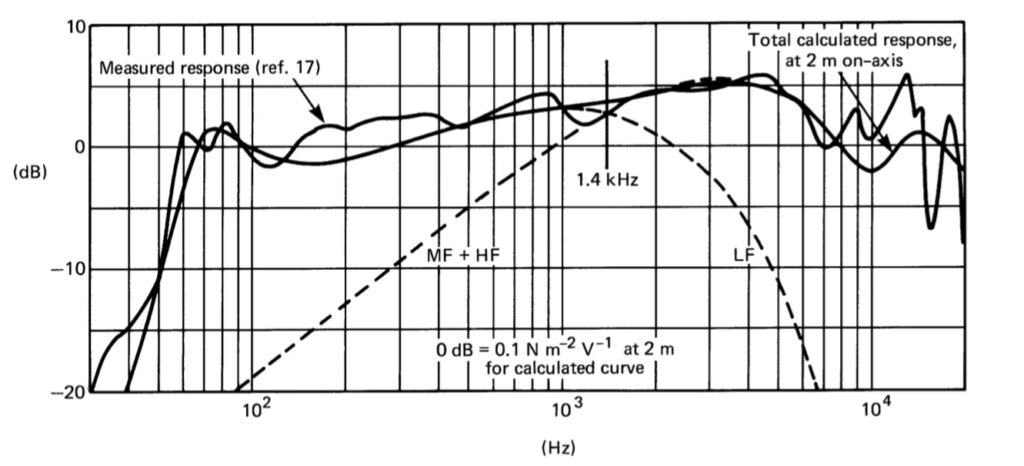
For this purpose I use FuzzMeasure on Mac, a Behringer ECM8000 as microphone, and XLR to USB converter from Icicle.
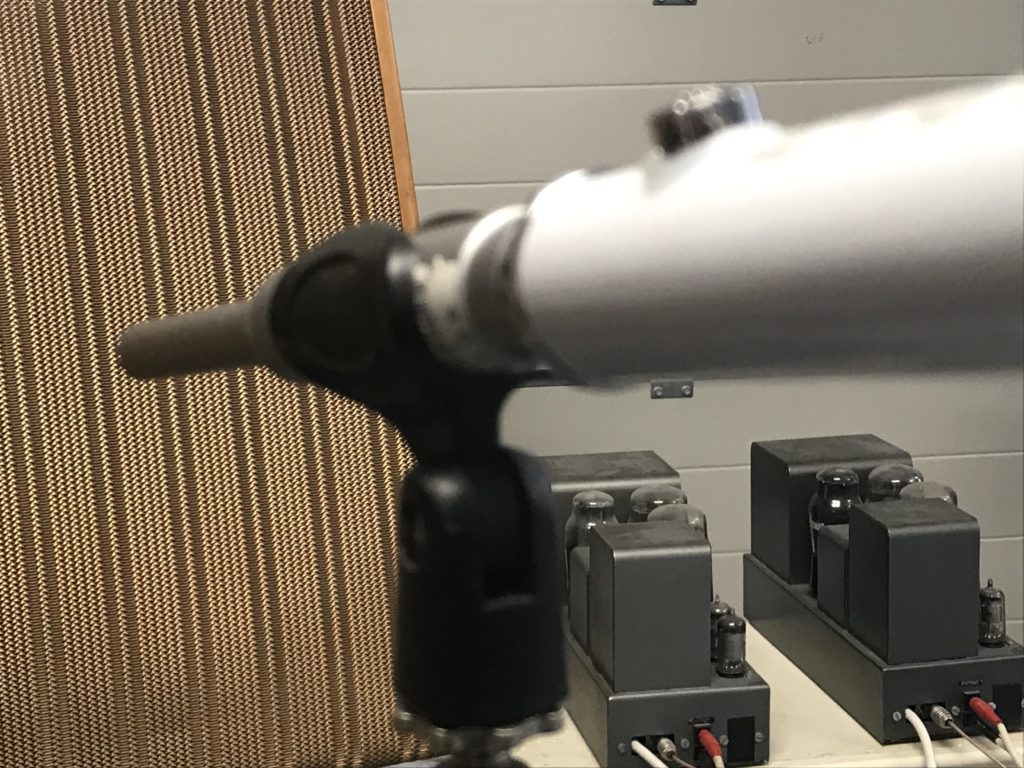
Here below some results for bass cells only of re-built speakers, then results for bass+treble cells all together, for both left and right speakers.
I suggest to be careful with accidents with measurements below 200Hz, which is a well known area for measurement issues: positioning and room matter, especially with dipole speakers like these ESLs.
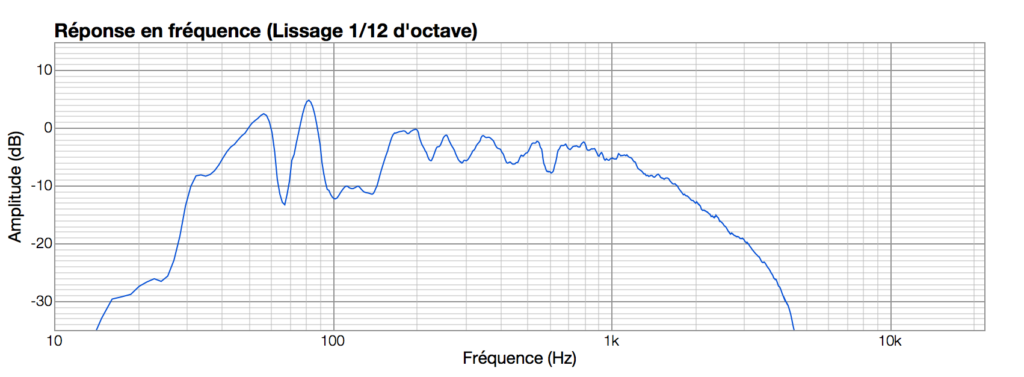
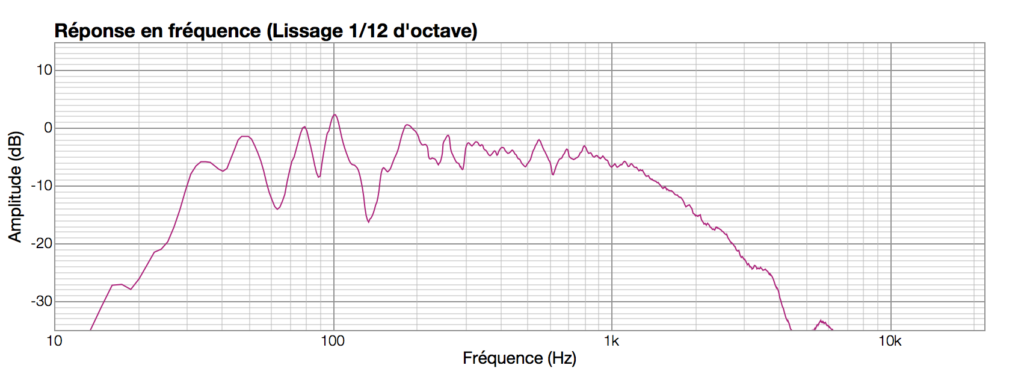

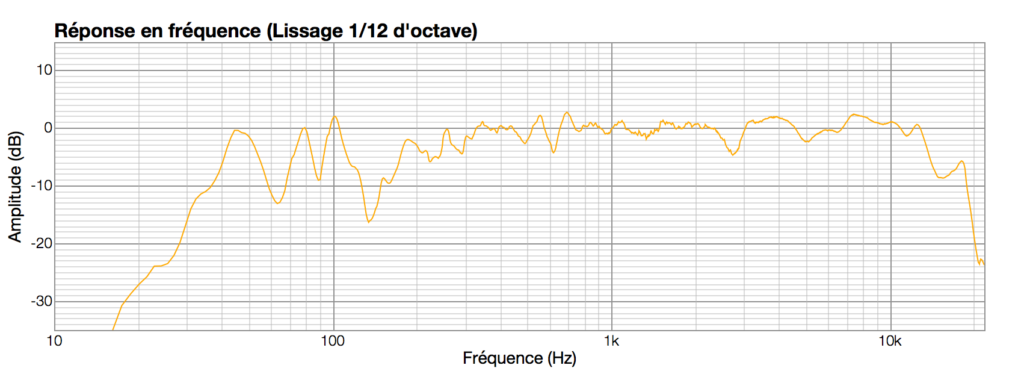
Quite happy with these results obtained on panels that were re-built 10 years ago: coating is still there, tensioning of saran/mylar is still adequate.
Charging of treble cells is almost instantaneous. For bass cells, this can take up to one hour, as expected.
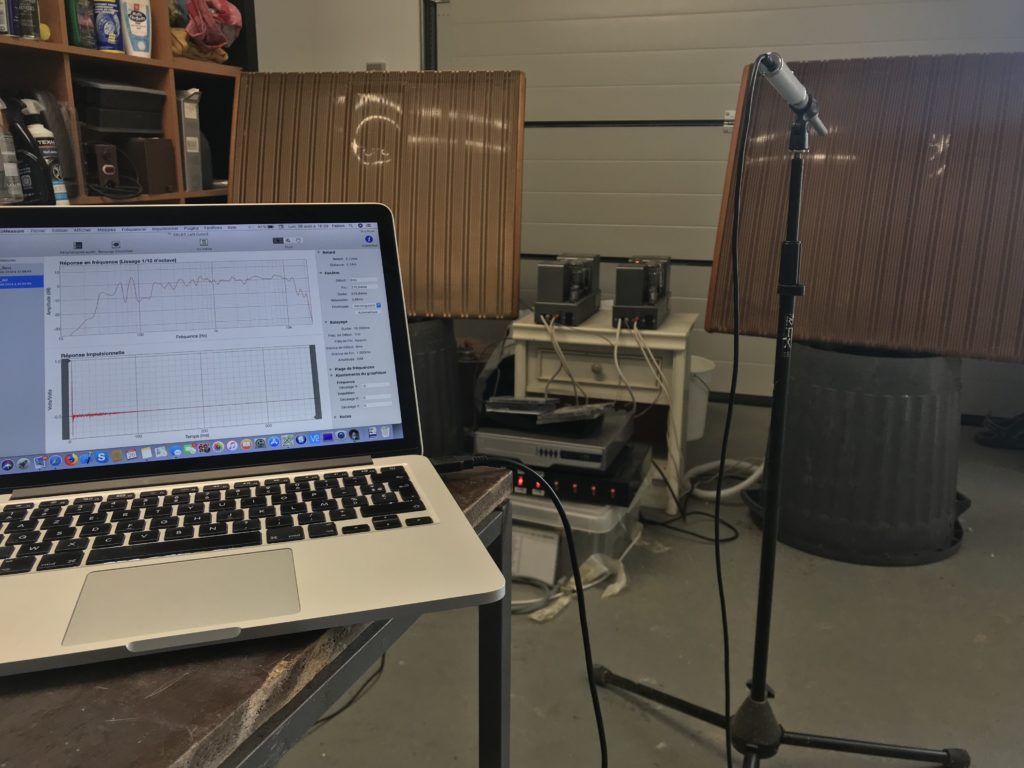
To measure bass cells only, I simply disconnected power supply of treble cells then waited for enough time so that they discharge.
Tip: cells can influence each other. It’s wise to measure separately. For example, if leakage is too high in bass cells, this will reduce voltage applied on all diaphragms and the most impacted cell will be the … treble cell.
Tip: everything being disconnected for a while (>2 hours), resistivity from wire HV 6kV (left pin on EHT) to any terminal of bass panel (except the center one) or even ground should be much higher than 500MOhm. This is very easy to check and detect some leakage.
I noticed some unwanted vibrations at very low frequencies. I will improve this by adding some padding at anchor points between panels and frame, this way:
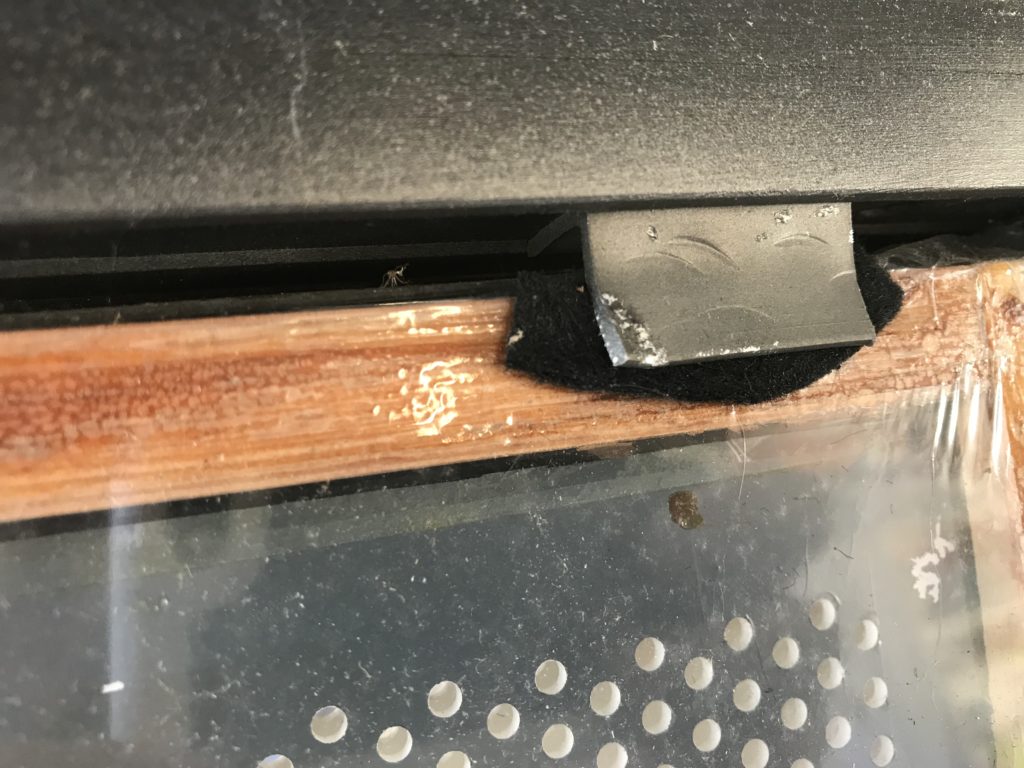
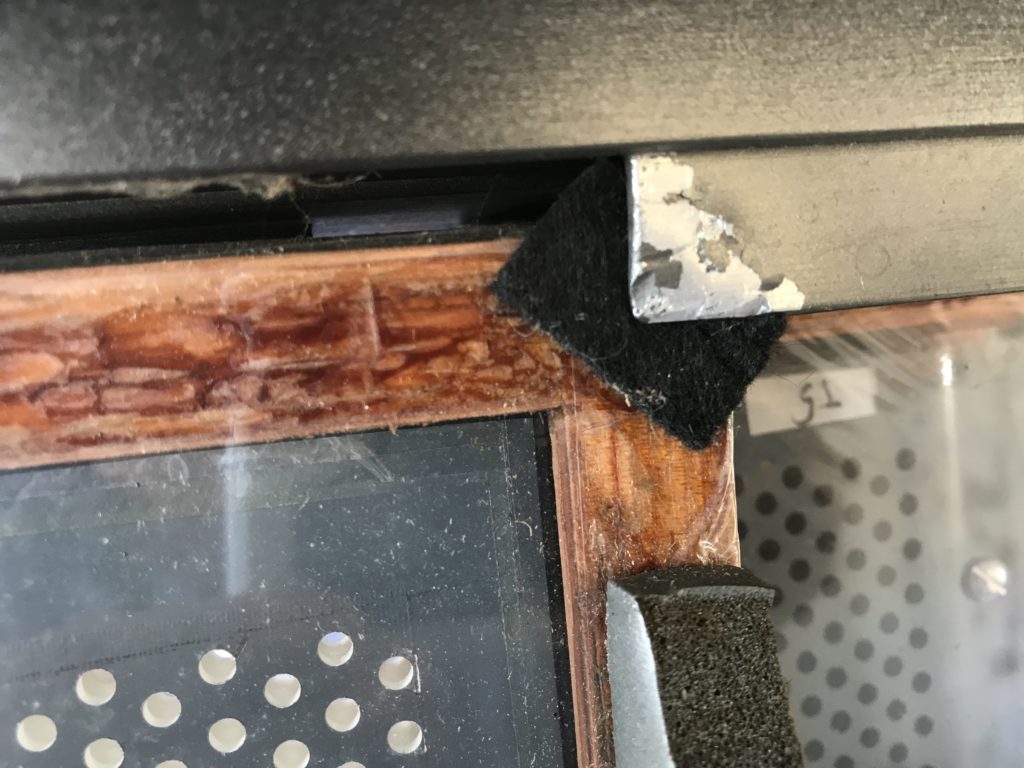
![]()